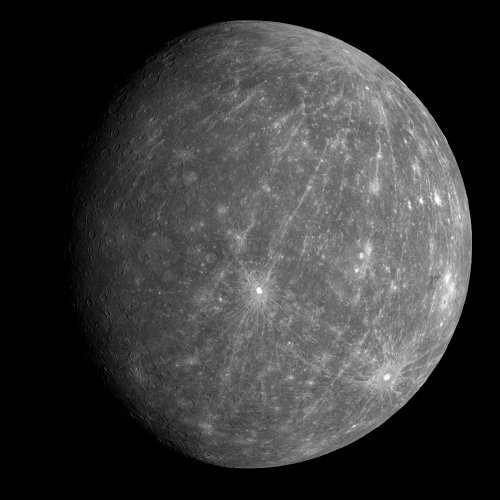The family business
Justin Trudeau gets a lot of flack for being his father’s son. He’s accused of having a former prime minister as his father as the only thing on his résumé. But he’s far from the only scion of a politician who’s been elected to the House of Commons. Consider that Niki Ashton, Maxime Bernier, Paul Dewar, Jack Layton, Dominic LeBlanc, Peter MacKay, David McGuinty, Geoff Regan and Michael Savage, all elected or re-elected on Tuesday, are all the children of former members of parliament or a provincial legislature, cabinet ministers, party leaders or provincial premiers.
To say nothing, in past parliaments, of people like Preston Manning, Paul Martin, Jane Stewart, Susan Whelan or many, many more. Or of senators like Sharon Carstairs. Or of the spouses of politicians or former politicians who were also elected on Tuesday: Dona Cadman, Olivia Chow, Nina Grewal, Jack Layton. Or the siblings-of, such as the McGuintys or the Petersons.
As I’ve noted before, politics is a family business like any other; don’t single out Justin for doing what so many others also do.
(Compare this to the U.S., where virtually every successful presidential candidate for the last couple of decades has had some significant daddy issues of one sort or another, a trend neither current candidate will change.)
